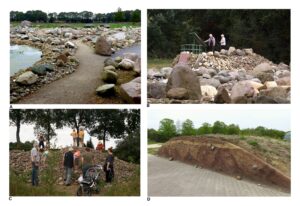The current territory of the Maestrazgo UNESCO Global Geopark has provided fossils that pioneered dinosaur research in Spain. The first Spanish dinosaur, Aragosaurus ischiaticus (published in 1987), five other new genera of dinosaurs and six species were described from fossils found at Geopark sites. These are the sauropod Galveosaurus herreroi (Galvesaurus herreroi) in 2005, the […]
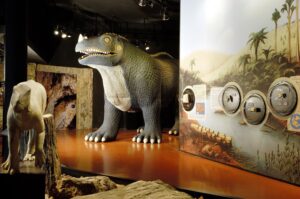
The Black Country UNESCO Global Geopark, located in central England, joined the Global Geopark Network in July 2020. It is the most urban Geopark in the network with a population of approximately 1.1 million people. Located in an area rich in raw materials (Carboniferous coal, iron, and clay; Silurian limestone), it was quarried and mined […]
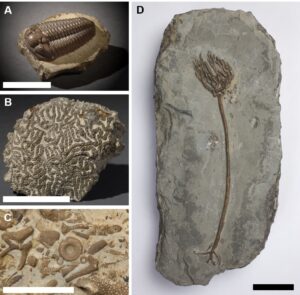
This paper introduces the Middle Devonian trilobites of Gerolstein, found on the famous trilobite fields of Gees and at the Auberg hill in Gerolstein. The research history and local geology of both sites are briefly discussed and key publications for further studies are provided. Owing to the early start of trilobite related research in the […]
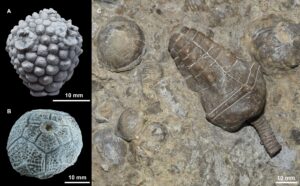
The late Paleozoic deposits in several basins of the Bohemian Massif are well known for their rich abundance of petrified tree trunks. The area of the UNESCO Global Geopark Bohemian Paradise includes a substantial part of one of the largest ones, the Krkonoše Piedmont Basin. Deposits of this basin contain the most complete fossil record […]
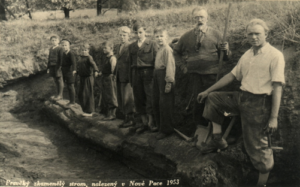
Despite its paleontological importance, the Messel Pit was under threat to become a waste disposal site, and its eventual designation as the first Natural World Heritage UNESCO geosite in Germany followed an intense fight in which numerous principles of geoheritage and geoscience popularization were explored. The UNESCO agenda 2030 for sustainable development is the basis […]
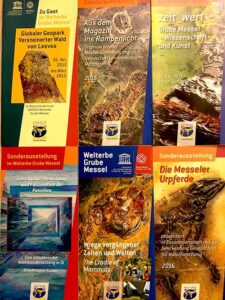
The transnational Novohrad-Nógrád Geopark situated in Northern Hungary and Southern Slovakia has several important Neogene fossil sites developed for geotourism. One of them is the lower Miocene paleontological locality complex at Ipolytarnóc , which has been well known since the middle of the 19th century. The site is the main geotouristic gateway to the geopark, […]
Neogene sedimentary rocks cover extensive areas of the Cabo de Gata-Níjar UNESCO Global Geopark (Almería, SE Spain) although most of the outcropping rocks are Miocene volcanics. The post-volcanic sedimentary rocks include three successive Messinian coral reef units. The lower reefs consist of coral patches of varying dimensions comprising Porites and Tarbellastraea, which grew on carbonate […]
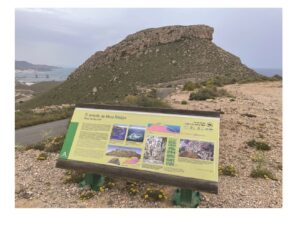
The Hondsrug UNESCO Global Geopark in the northeast of the Netherlands comprises the Hondsrug-complex, a prominent range of low till ridges created by forces of moving land ice and melt water. The unusual orientations of the ridges contrast with the usual direction of ice flow, and they are separated from each other by elongate depressions. […]
